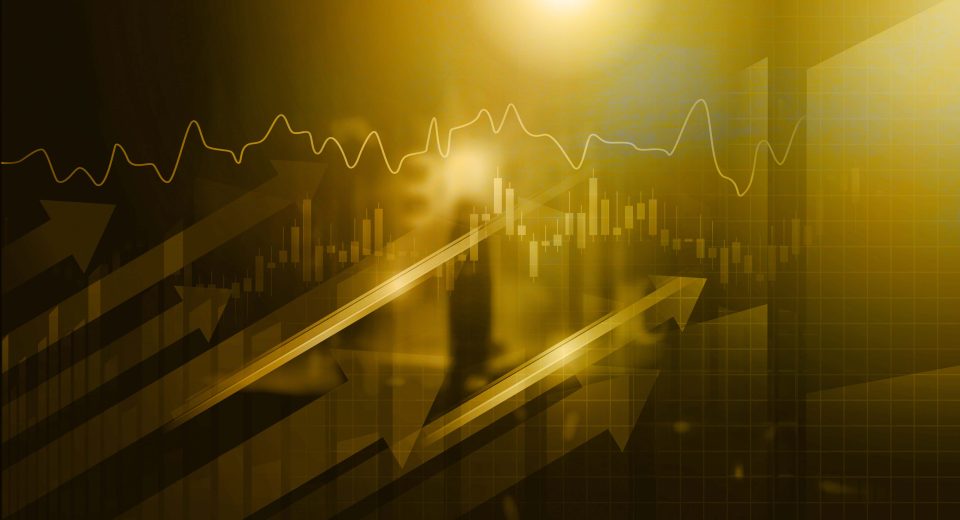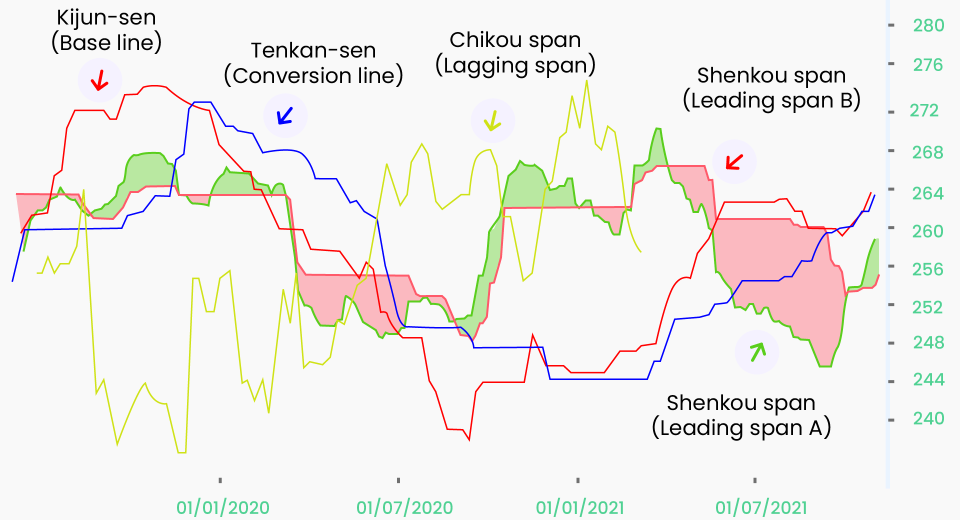How to Trade the Banking Crisis?

March 2023 will be remembered as the month when several banks collapsed. Credit Suisse, Silicon Valley Bank (SVB), Signature Bank, and Silvergate Bank were among the ones that grabbed the headlines. These events do cause panic, and the market can overreact. This creates opportunities for those who can continue to trade rationally. To do this, you need to understand the market dynamics and the impact on different asset classes.
Understanding the Market Dynamics
Banking stocks tumbled soon after the news broke of several banks being in jeopardy. However, the severe bear market did not last for too long and US stocks ended March in the green. The Nasdaq 100 gained 6.7% in the month, while the S&P 500 added 7% and Dow Jones index closed 0.4% higher.
Why did investor sentiment improve so quickly? Markets were reassured by several positive moves that followed the banking crisis. Credit Suisse’s troubles gave UBS Group a great opportunity to expand its footprint in the Swiss market. UBS is a highly capitalised company, which means it has a lot of funds available for such strategic mergers and acquisitions. The combination of UBS and Credit Suisse is expected to create a business with $5 trillion of invested assets. With a strong base in Switzerland, the merged entity will focus on growth in the Americas and the APAC (Asia Pacific) regions.
The US Federal Reserve responded quickly to bank failures. The central bank lent $300 billion in emergency funds to the troubled banks. Of this, around $143 billion was given to SVB and Signature Bank to protect depositors. First Republic Bank received $70 billion in emergency loans from JPMorgan Chase and the US Fed. Regulators also eased some of the stringent rules that financial institutions need to adhere to, which also lifted investor sentiment for the banking environment.
Assets in Focus During the Banking Crisis
Any major market moving event causes several investors to realign their portfolios. To trade during such times, you need to be aware of how investor sentiment is changing towards different assets.
Major Forex Pairs
The forex market, being the world’s largest financial market, continues to have enough liquidity. However, there is often a reshuffling in investor portfolios in favour of major pairs and the so-called commodity currency pair, while pulling out funds from minor and exotic pairs.
Major Pairs
- EUR/USD – This is the world’s most heavily traded forex pair, representing over 20% of all currency transactions. It is also known as Fiber.
- USD/JPY – Also called Ninja, this currency pair is popular among carry traders, who borrow the Japanese yen to invest into higher yielding currencies.
- GBP/USD – It is nicknamed Cable.
- USD/CHF – It is also called Swissy.
Commodity Currency Pairs
- AUD/USD – Also called Aussie, this currency pair is highly sensitive to reports of growth in the Chinese economy, since China is a key importer of commodities from Australia.
- USD/CAD – Nicknamed Loonie, this forex pair responds quickly to changes in oil prices.
- NZD/USD – It is also called Kiwi.
Increase in Safe Haven Investing
During periods of market instability, investors increase safe havens in their portfolio. Both the US dollar and Swiss Franc enjoy the “safe haven” status because the greenback is the world’s reserve currency and Switzerland’s history of political and economic stability. However, the US dollar is far more popular as a safe haven, since it is involved in nearly 90% of global forex transactions.
Gold and silver have historically exhibited a high negatively correlation with the broader global economy, outperforming other markets during periods of turbulence.
Defensive stocks, like those of companies providing utilities, consumer staples, healthcare, and food and beverages, tend to remain stable due to continued demand for their offerings even during economic instability.
Focus on Cryptocurrencies
The banking crisis brought cryptos into the limelight again. The two largest cryptos by market cap, Bitcoin and Ethereum, recorded strong gains in March, as investors converted traditional fiat currencies into digital coins. With this, Bitcoin surged almost 20% in March and held above $28,000. Ethereum hovered around the $1,800 resistance level, up almost 10% in the month.
Trading Derivatives
During periods of uncertainty, experienced traders turn to derivatives like CFDs (contracts for difference). This has two advantages. Firstly, you can speculate on price movements without owning the underlying asset. Also, it allows you to trade in both rising and falling markets. There are CFDs for all popular asset classes, including stocks, indices, forex, and commodities.
Things to Remember When Trading During Uncertain Periods
A crisis or any market moving event offers high-risk high-reward trading opportunities. Here are a few things to keep in mind when trading during periods of high uncertainty.
Averaging Down: When a market enters a bear territory after a high-impact event, some traders wait for the market to bottom to buy very cheap assets. However, even the most experienced traders find it difficult to identify a bottom during such periods. Instead, they average down, which means they keep opening small positions every time the price slumps. This way, they have a significant holding of an asset at a low average price. It is important to be thorough in your market analysis because you want to follow such an approach for an asset that you expect will bounce back when the market settles.
Be Discipled About Risk Management: Be aware of your risk appetite. Although highly volatile markets do present the best profit opportunities, they also pose the largest risk. Knowing your risk profile will help you build astute risk management into your trading strategy. You can lower your risk by taking smaller and using lower leverage. Whatever the strategy, never ignore risk management. Limit your losses with stop loss and book profits in time with take profit orders.
Knowing when to stop is a sign of a healthy trading psyche. You can wait for the dust to settle before re-entering the markets. You can use this time to practise on your demo account to make your strategy even stronger when you return.
To Sum Up
- Markets recovered shortly after the slump caused by the banking crisis.
- Other companies, central banks and regulators are working to prevent a real crisis.
- Investors favoured major currency pairs in the forex market during the banking crisis.
- Investors added more safe haven assets to their portfolios.
- Cryptocurrencies received a fillip during the banking crisis.
- CFDs can be used to avoid buying the underlying asset and to trade in both rising and falling markets.
- Experienced traders used averaging down in falling markets.
- Risk management is very important when trading amid high market uncertainties.
- Knowing when to stop trading is a sign of a healthy trading psyche.
Disclaimer:
All data, information and materials are published and provided “as is” solely for informational purposes only, and is not intended nor should be considered, in any way, as investment advice, recommendations, and/or suggestions for performing any actions with financial instruments. The information and opinions presented do not take into account any particular individual’s investment objectives, financial situation or needs, and hence does not constitute as an advice or a recommendation with respect to any investment product. All investors should seek advice from certified financial advisors based on their unique situation before making any investment decisions in accordance to their personal risk appetite. Blackwell Global endeavours to ensure that the information provided is complete and correct, but make no representation as to the actuality, accuracy or completeness of the information. Information, data and opinions may change without notice and Blackwell Global is not obliged to update on the changes. The opinions and views expressed are solely those of the authors and analysts and do not necessarily represent that of Blackwell Global or its management, shareholders, and affiliates. Any projections or views of the market provided may not prove to be accurate. Past performance is not necessarily an indicative of future performance. Blackwell Global assumes no liability for any loss arising directly or indirectly from use of or reliance on such information herein contained. Reproduction of this information, in whole or in part, is not permitted.




